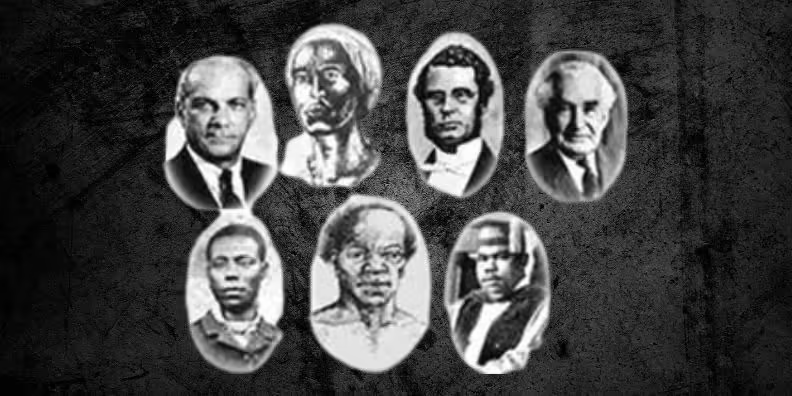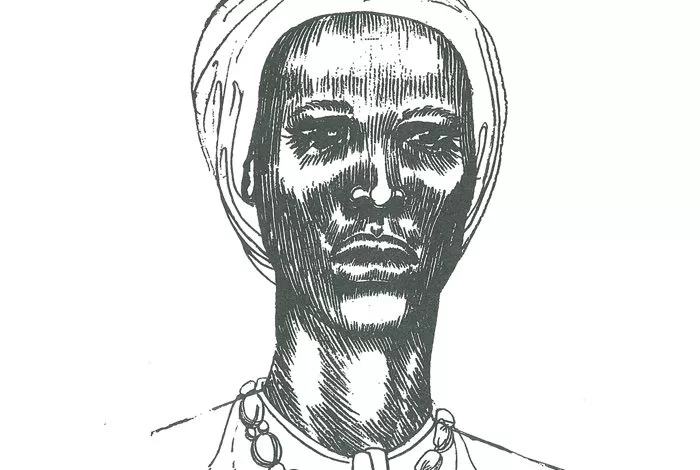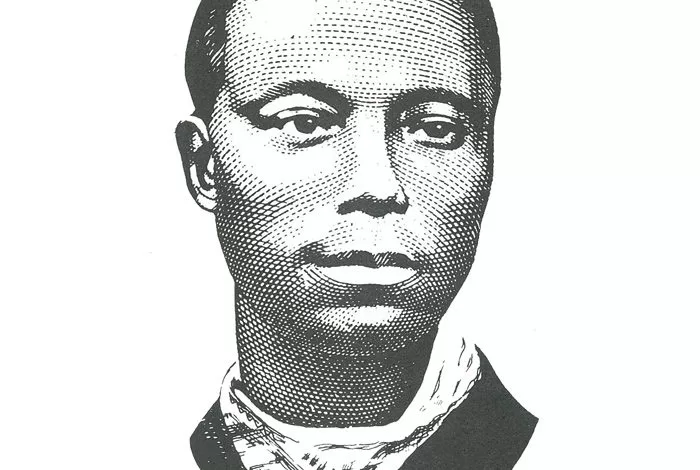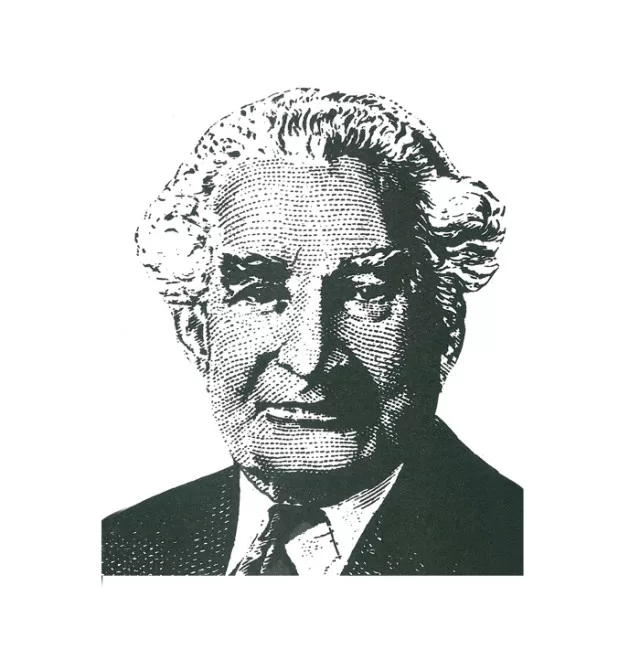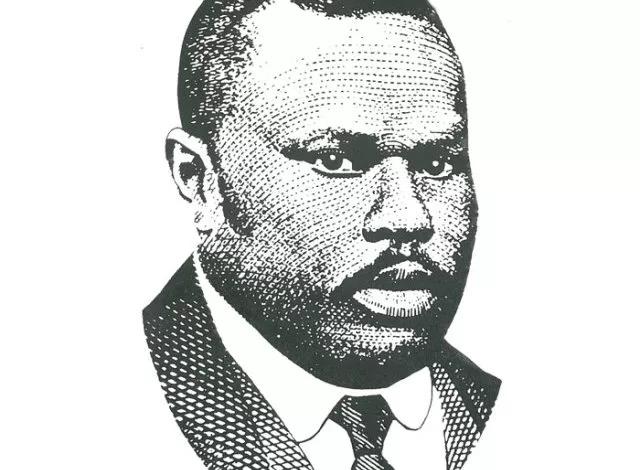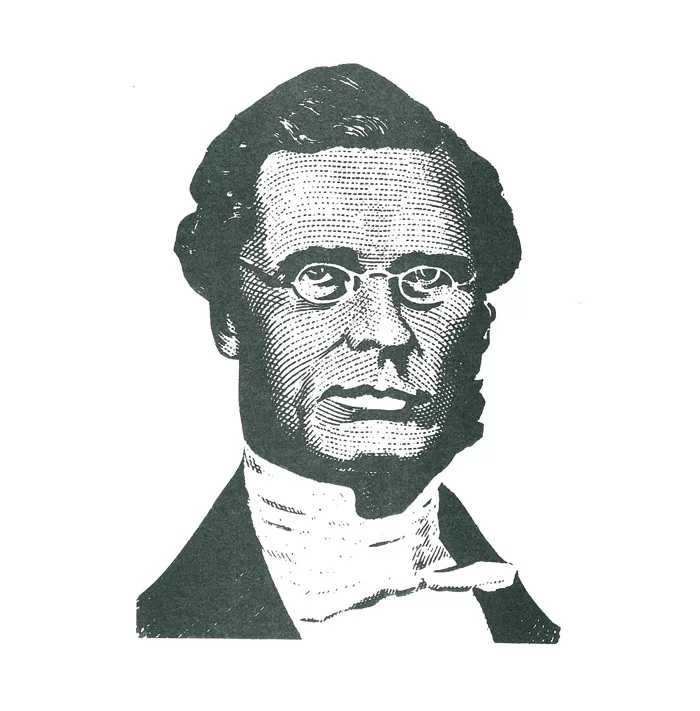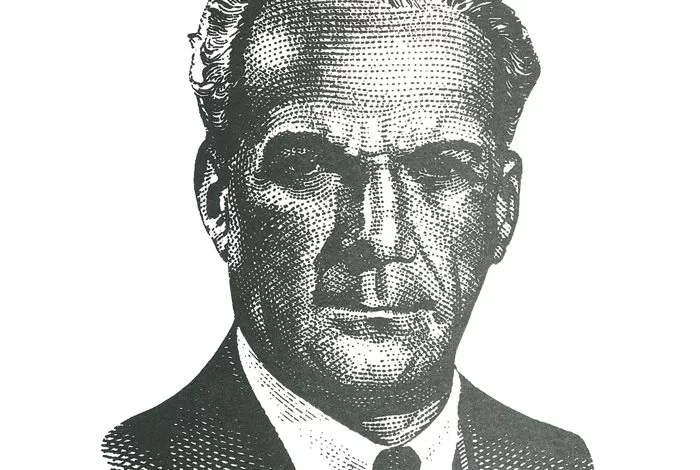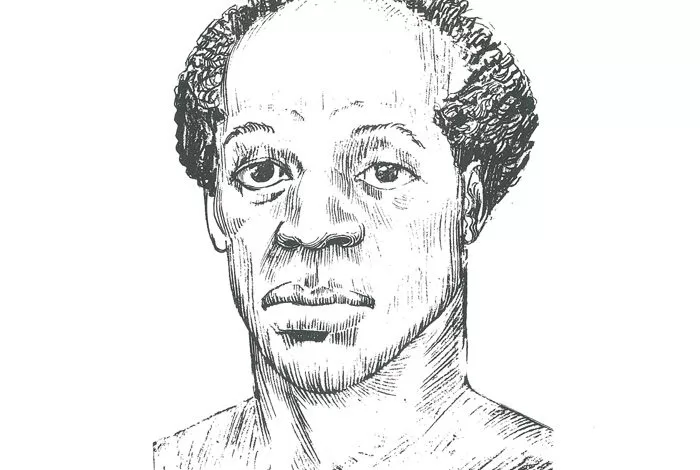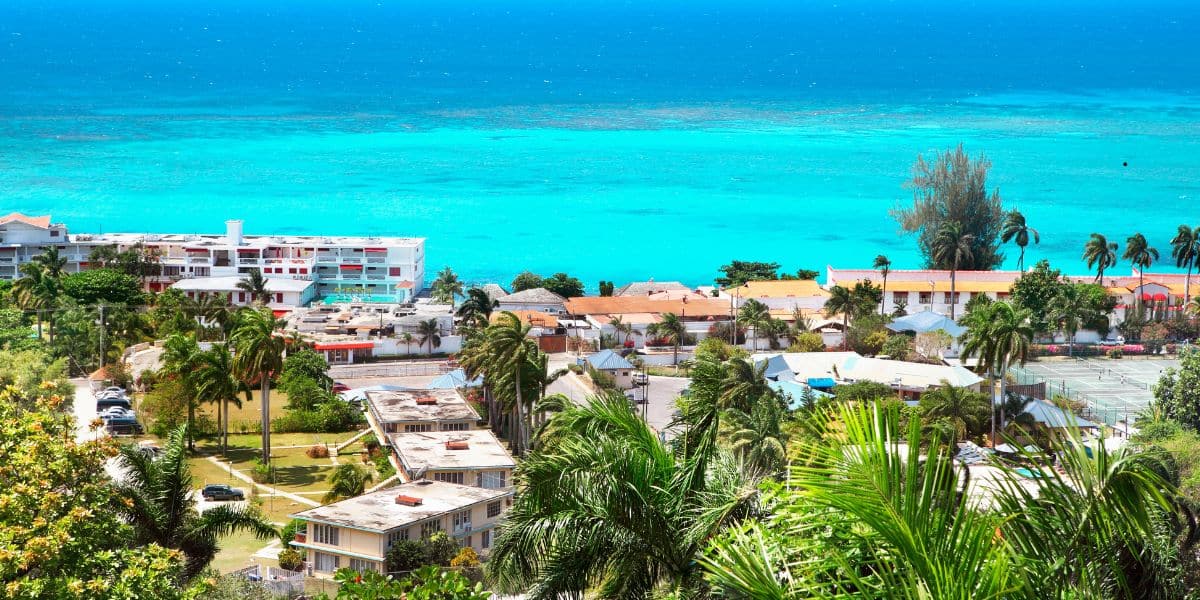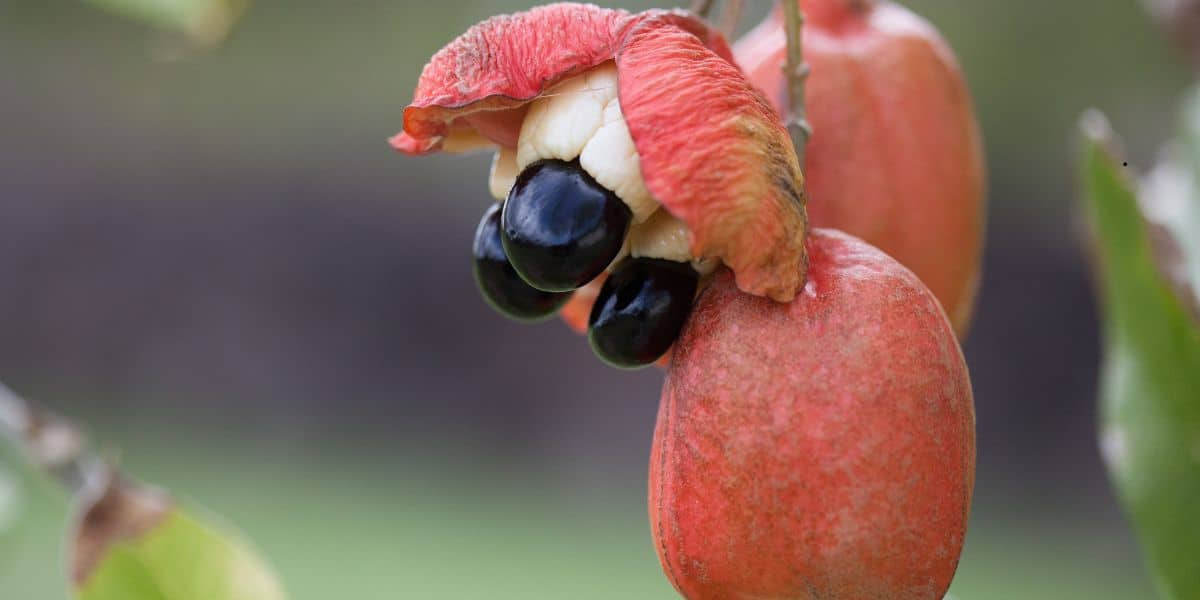Nanny of the Maroons
Nanny of the Maroons is a strong figure in folk history and was someone who sparked many legends and stories, and she hops between truth and legend. When the Spanish ruled Jamaica, they brought the initial group of African slaves to the island in 1517. In 1655, after the British seized the island, most Spanish settlers left, and in doing so, their slaves were set free and fled to the island’s surrounding hills. The ex-slaves united to fight the British for their freedom. These ex-slaves were known as the Maroons.
Although Nanny is said to have been small and thin, she is considered as a defender of freedom and a female fighter who encouraged guerilla tactics when fighting the British. She is seen as a frontrunner that represented courage in times of disaster. She is eternalized as a high priestess that had great powers.
Paul Bogle
Not much is known about the early life of Paul Bogle, but in his adult life, he was one of only 106 people from St. Thomas who was allowed to vote. Bogle organized religious events as a deacon of Stony Gut’s Native Baptist Church. Paul and Moses, his brother, led many people to calm protests against oppression and injustice.
On 11 October 1865, Paul marched a group to Spanish town and another to Morant Bay Court House. A fight between the group and the armed volunteer force ensued, and people died from both sides, as well as the courthouse burning down. Bogle was seen as a threat and was captured on the 24th of October 1865, and hanged on the same day.
Alexander Bustamante
Born on 24 February 1884, Alexander Bustamante was the first Jamaican Prime Minister when the island gained its 1962 independence. He established the Jamaica Labor Party in 1943, which he headed. The primary Universal Adult Suffrage election happened in 1944, and his party won 22 out of 32 seats. He spent much of his adult life traveling the world, working in Cuba as a police officer, and in New York City as a hospital dietician. In 1932, he went back to Jamaica, after which he became a forerunner against colonial rule. After writing to the Daily Gleaner, he became well-known.
Marcus Garvey
On the 17th of August 1887, in St. Ann’s Bay, Marcus Garvey was born. In the early 1900’s, he moved off the island, eventually living in Harlem, New York. He was a leader in the Harlem Renaissance, leading him to be deported back to Jamaica after being arrested on doubtful fraud charges.
He created the Universal Negro Improvement Association in Jamaica in 1914, and it developed into an international organization. It encouraged black people to self-govern, to fight for their rights, and to create economic opportunities.
George William Gordon
George Gordon was born in 1820 in Cherry Gardens, the son of a landowner from Scotland, and a slave of his. He taught himself to read, write and to do accounting, allowing him to become a landowner himself and successful businessman.
As a free colored man, he was an active nationalist who fought for the welfare of the poor. The 1865 violence at Morant Bay Court House led to him being arrested, and he was taken on a ship to Morant Bay where he was hanged, despite there being no evidence of his involvement.
Norman Washington Manley
Norman Manley was born on July 4th, 1893 in Roxborough, Manchester. Achievements were Manley’s norm – he was a Rhodes Scholar, a top athlete, and a decorated war hero. He was also considered the Caribbean’s best legal mind.
Manley was asked to head Jamaica’s first main political organization, the People’s National Party, in September of 1938. In 1955, he was voted as chief minister, and in 1959, he led the negotiations for Jamaica’s independence in 1962.
Sam Sharpe
Much like Nanny of the Maroons, Sam Sharpe is a figure of legend. He is best recognized for his leading part in the Christmas Rebellion of 1831 on Kensington Estate. This rebellion was imperative to the full liberation in 1838.
Sharpe was very religious and was a powerful speaker. He had read a great deal of British anti-slaving reports and thought that the only chance Jamaica had for recovery was the abolition of the slavery system.
Sharpe’s methods for resistance were always peaceful and passive, and he communicated his beliefs to slaves at prayer meetings at the various estates. He described that slaves were set free in England, however, were being kept as slaves in Jamaica. He convinced the slaves to have a passive strike just after Christmas by not going to work until their fears were addressed.
These are Jamaica’s seven national heroes who contributed so much to the island in their lifetime, some even losing their lives on the quest for freedom and equality.
The 3rd Monday of every October in Jamaica is reserved as National Heroe’s Day, a public holiday.
Due to their contributions to making Jamaica what it is today, they have earned the right to be recognized as Jamaican National Heroes.

